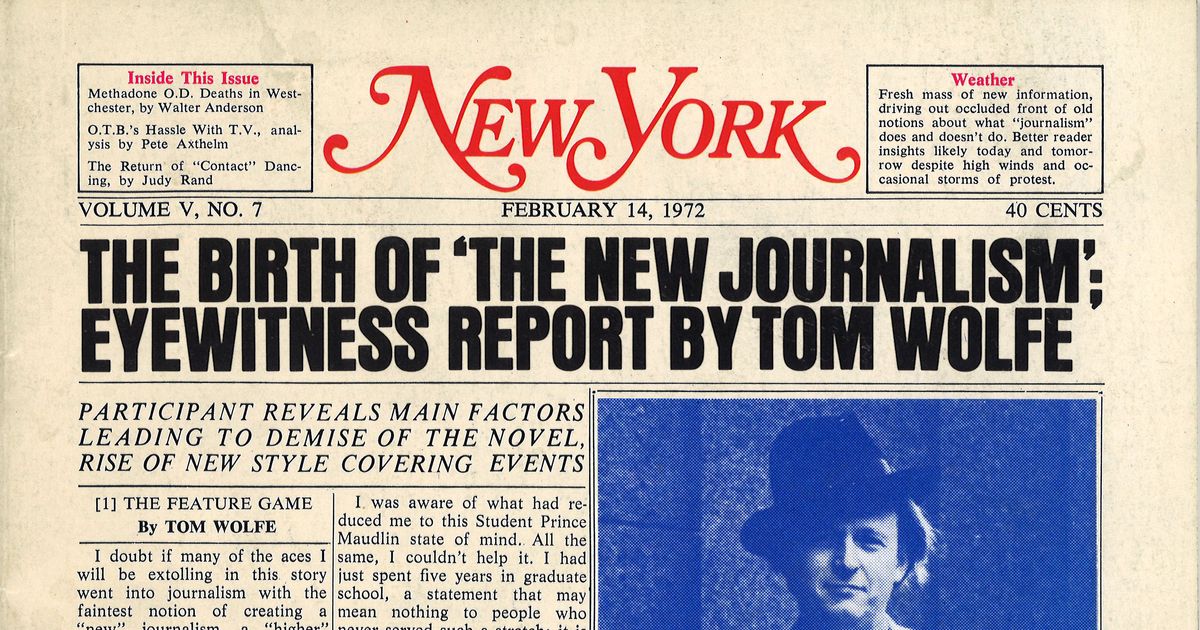How News Articles can Save You Time, Stress, and Money.
Table of ContentsNot known Facts About News ArticlesUnknown Facts About News ArticlesThe smart Trick of News Articles That Nobody is DiscussingNews Articles Can Be Fun For EveryoneNot known Facts About News Articles
Excellent expertise of different topics provides pupils an one-upmanship over their peers. Even though digital and social networks are easily accessible, we need to not fail to remember how crucial it is to read the papers. Parents need to attempt and inculcate the habit of checking out a paper as an everyday regimen to continue the heritage of the revered print tool.Newspaper article also consist of at the very least among the adhering to crucial features relative to the intended audience: closeness, importance, timeliness, human rate of interest, oddity, or repercussion. The relevant term journalese is sometimes utilized, generally pejoratively, to refer to news-style writing. An additional is headlinese. Newspapers typically abide by an expository writing style.
Within these restrictions, information stories likewise aim to be detailed. However, other elements are included, some stylistic and some stemmed from the media form. Amongst the bigger and a lot more revered papers, justness and equilibrium is a significant consider presenting information. Commentary is typically restricted to a separate area, though each paper may have a different overall slant.
Newspapers with a worldwide audience, for instance, tend to use an extra formal design of creating. News Articles.; usual style overviews consist of the and the US Information Style Book.
About News Articles
As a policy, reporters will certainly not make use of a lengthy word when a brief one will certainly do. Information writers attempt to avoid utilizing the very same word a lot more than as soon as in a paragraph (sometimes called an "echo" or "word mirror").
However, headlines in some cases omit the subject (e.g., "Leaps From Boat, Catches in Wheel") or verb (e.g., "Pet cat lady fortunate"). A subhead (additionally subhed, sub-headline, subheading, caption, deck or dek) can be either a secondary title under the major heading, or the heading of a subsection of the write-up. It is a heading that precedes the major message, or a group of paragraphs of the primary message.

of an article subject, source, or interviewee), it is described as a drawn quotation or pull quote. Additional billboards of any one of these types might show up later on in the post (especially on subsequent web pages) to attract additional analysis. Journalistic web sites in some cases utilize animation strategies to exchange one signboard for an additional (e.g.
Some Ideas on News Articles You Should Know
Such billboards are additionally made use of as reminders to the write-up in various other sections of the publication or website, or as promotions for the piece in various other magazine or sites. Press launch of the Swiss federal government. Typical framework with title, lead paragraph (summary in bold), other paragraphs (information) and get in touch with details.

Instance of a hard-lead paragraph NASA is recommending one more space project. The budget demands roughly $10 billion for the project.
The NASA statement came as the company requested $10 billion of appropriations for the task. see it here An "off-lead" is the 2nd most crucial front page information of the day. The off-lead shows up either in the top left edge, or directly below the lead on the. To "bury the lead" is to start the write-up with background details or details of secondary significance to the viewers, requiring them to find out more deeply right into a write-up than they need to have to in order to discover the crucial factors.
The Ultimate Guide To News Articles
Typical use is that one or two sentences each develop their very own paragraph. Journalists normally define the company or framework of an information tale as an inverted pyramid. The essential and most fascinating aspects of a tale are placed at the start, with sustaining information following in order of diminishing importance.
It allows people to discover a subject to just the deepness that their inquisitiveness takes them, and without the imposition of details or nuances that they could see here take into consideration unnecessary, yet still making that information offered to much more interested visitors. The upside down pyramid structure likewise makes it possible for posts to be cut to any type of arbitrary length throughout layout, to fit in the space available.
Some writers begin their stories with the "1-2-3 lead", yet there are many kinds of lead readily available. A kicker can refer to multiple points: The last story in the information broadcast; a "happy" tale to finish the program.
Longer articles, such as publication cover short articles and the pieces that lead the within sections of a newspaper, are understood as. Feature tales vary from straight news in several means. Foremost is the absence of a straight-news lead, most of the moment. Rather than offering the essence of a tale up front, attribute writers might attempt to lure readers in.
Fascination About News Articles
A best site function's very first paragraphs often associate an intriguing minute or occasion, as in an "unscientific lead". From the particulars of a person or episode, its sight quickly broadens to generalities about the story's subject.

The Editor's Tool kit: A Referral Guide for Beginners and Professionals (2001) Allan M. Siegal and William G. Connolly. The New York City Times Manual of Design and Usage: The Authorities Style Overview Utilized by the Writers and Editors of the Globe's Many Authoritative Paper (2002) M. L. Stein, Susan Paterno, and R.